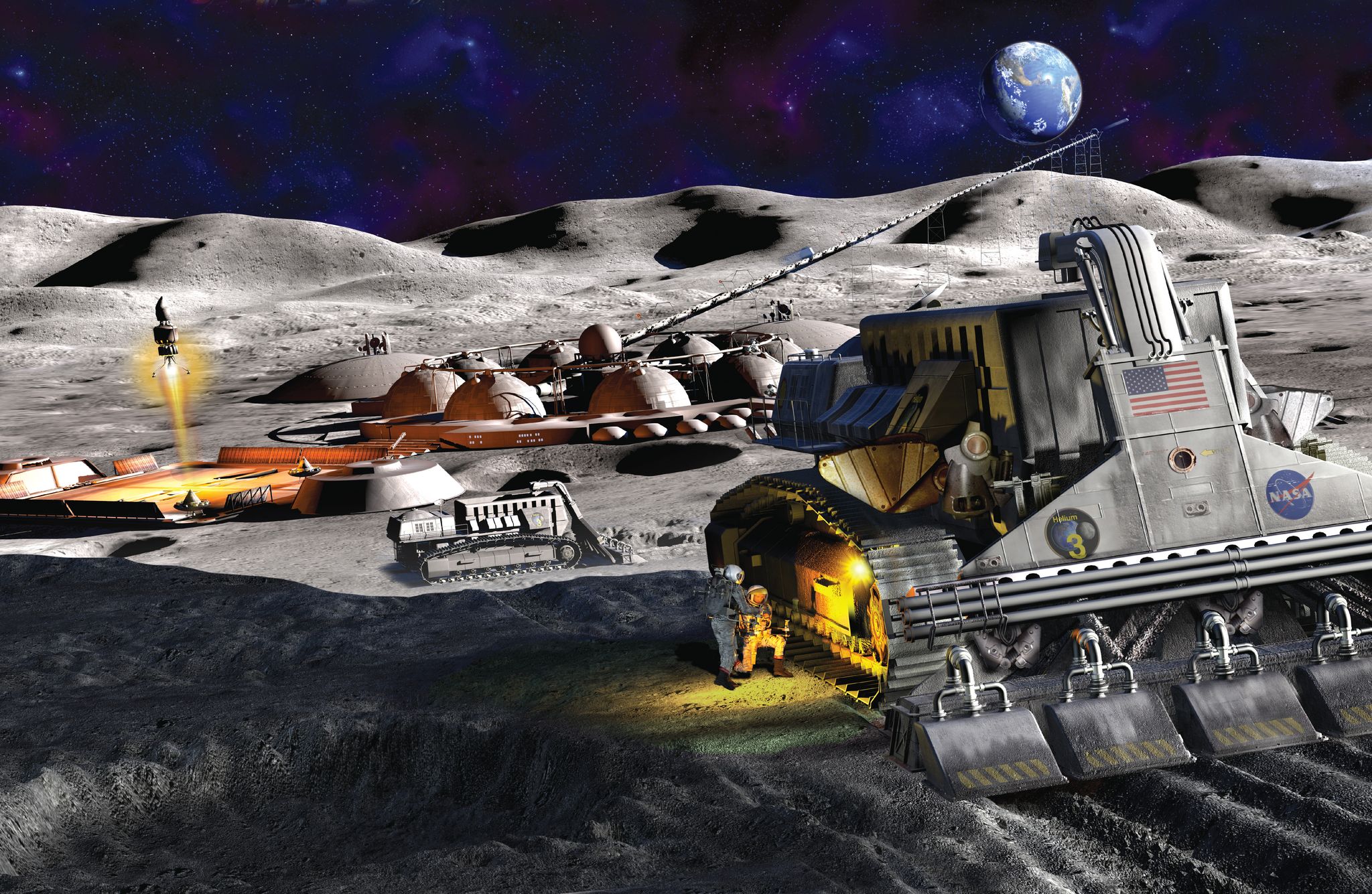
Here's Why All the Military Interest in the Moon
Share
In recent times, a peculiar trend has emerged—an unprecedented focus on the moon from various military entities.
The Defense Advanced Research Projects Agency (DARPA), renowned for groundbreaking innovations, has conspicuously directed its attention towards lunar exploration. Three notable initiatives, including the Novel Orbital moon Manufacturing, Materials, and Mass Efficient Design (NOM4D) program, signify DARPA's commitment to advancing lunar technologies.
Commencing in 2021, NOM4D aims to facilitate the construction of large structures in orbit, such as antennas and solar arrays. The Lunar Operating Guidelines for Infrastructure Consortium (LOGIC) introduced last month adds another layer, while the 10-Year Lunar Architecture (LunA-10) Capability Study pursues the development of an integrated lunar infrastructure for peaceful international use.
Despite DARPA's notable lunar projects, questions arise concerning the potential militarization of the moon. As an agency under the U.S. Department of Defense, DARPA's lunar pursuits could trigger concerns and evoke responses from other nations, sparking a new era of military might on the Earth's natural satellite.
DARPA emphasises that its initiatives comply with international agreements, such as the United Nations Outer Space Treaty of 1967 and the U.S.-led Artemis Accords, reinforcing the peaceful utilisation of the moon. The Artemis Accords received another endorsement on November 30, with the Republic of Angola becoming the 33rd signatory.

Peter Garretson, a senior fellow in defence studies, commended DARPA's efforts, noting that the projects aim to catalyse a successful commercial lunar industry within a decade. The collaboration with NASA suggests a commitment to advancing lunar exploration for peaceful purposes.
However, concerns loom over the intentions of other lunar players, particularly China. The U.S.-China Economic and Security Review Commission's 2023 report suggests that China aims to control access to the moon for strategic purposes, seeking dominance in the cislunar domain.
Bleddyn Bowen, an astropolitics and space warfare expert, believes that the moon's military utility is limited, emphasising the need to keep lunar activities civilian-oriented. The risk of unnecessary militarization, driven by political optics and messaging, could heighten tensions and provoke counteractions.
Daniel Deudney, a professor of political science, questions the feasibility and cost-effectiveness of ambitious lunar projects, cautioning against diverting resources from pressing issues on Earth. He suggests that if lunar activities were focused on science and conducted through international collaboration, concerns about military implications could be alleviated.

In conclusion, the surge in military interest on the moon presents a perplexing scenario. While DARPA champions lunar initiatives with apparent peaceful objectives, the broader implications of militarization and international tensions cast a shadow over the celestial body that has long captivated human imagination. The moon, once a symbol of unity in exploration, now stands at the crossroads of conflicting interests and geopolitical manoeuvring.
You’ve come this far…
Why not venture a little further into A.S.S. - our exclusive Australian Space Society.
And keep thrusting Australia into the deep unknown…
#Space_Aus




